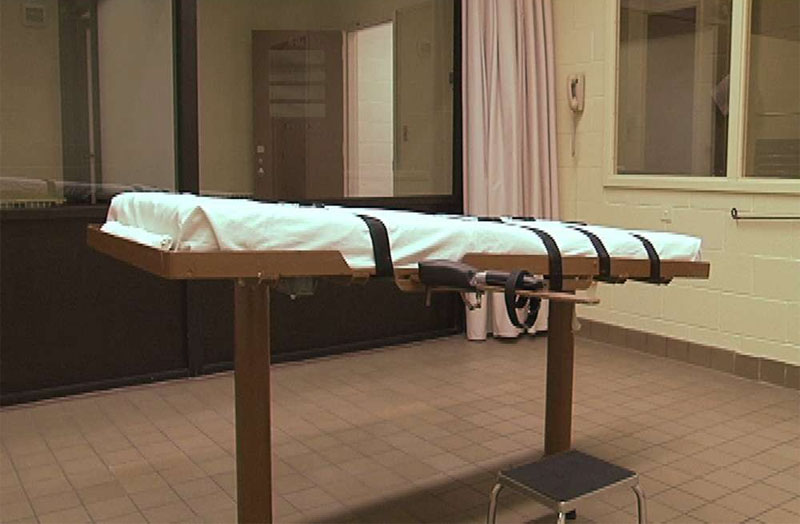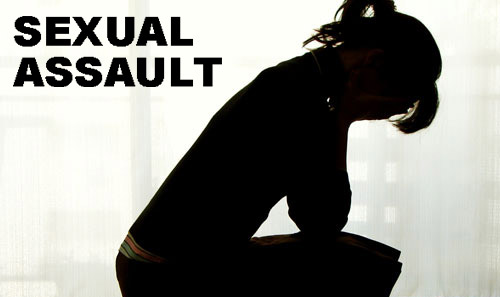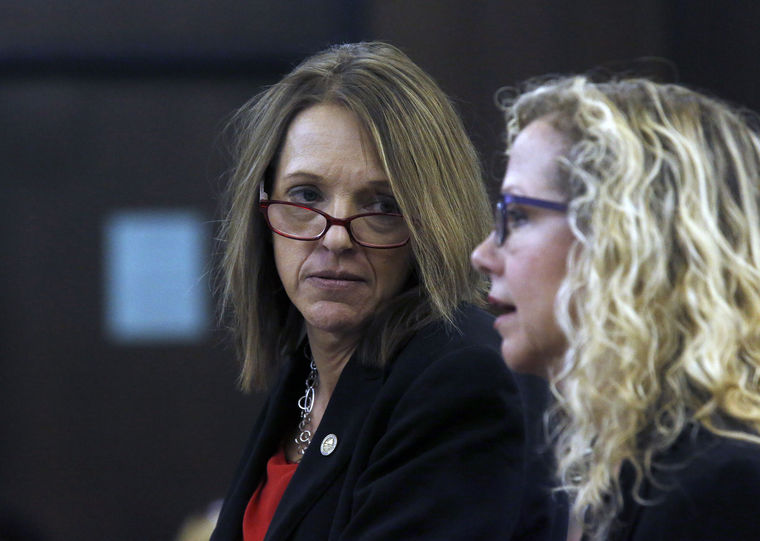(8-17-16) INOVA Fairfax Hospital needs to stop hiding behind federal privacy laws and explain why it had security guards escort a 29 year-old man, who police said was in the throes of a mental health crisis, to a bus stop rather than helping him.
That still unidentified man was fatally shot on the hospital grounds Monday night after he began swinging a metal signpost over his head and charged at a sheriff’s deputy.
The deputy involved was immediately put on administrative leave pending an investigation. The local police chief immediately disclosed the shooting at a news conference and promised to make public a video from a hospital security camera that possibly recorded footage of the shooting.
Everyone promised transparency – except for one critical player: INOVA Fairfax Hospital.






